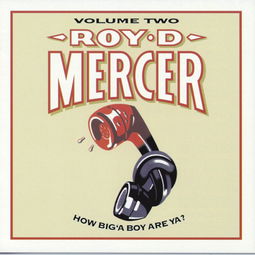
How Big Are Bed Bug Bites?
Bed bug bites can be quite unsettling, and understanding their size can help in identifying and dealing with an infestation. The size of bed bug bites can vary depending on several factors, including the individual’s reaction to the bite, the number of bites, and the stage of the bed bug. Let’s delve into the details to give you a clearer picture.
Size of Bed Bug Bites
 Bed bug bites are typically small, red, and itchy. They are often compared to mosquito bites, but there are some key differences. On average, bed bug bites are about 2 to 5 millimeters in diameter, but they can be larger depending on the individual’s reaction. In some cases, bites can be as large as 10 millimeters.
Bed bug bites are typically small, red, and itchy. They are often compared to mosquito bites, but there are some key differences. On average, bed bug bites are about 2 to 5 millimeters in diameter, but they can be larger depending on the individual’s reaction. In some cases, bites can be as large as 10 millimeters.
It’s important to note that bed bug bites are not always uniform in size. You may find a cluster of bites, some larger and some smaller, on your skin. This is because bed bugs typically feed on multiple parts of the body during a single feeding session.
Factors Affecting the Size of Bed Bug Bites
 Several factors can influence the size of bed bug bites:
Several factors can influence the size of bed bug bites:
- Individual’s Reaction: Some people may have a more severe reaction to bed bug bites, resulting in larger, more inflamed bites. This can be due to allergies or a higher sensitivity to the bed bug’s saliva.
- Number of Bites: If you have multiple bites, they may appear larger and more inflamed due to the cumulative effect of the bed bug’s saliva.
- Stage of the Bed Bug: Younger bed bugs, also known as nymphs, tend to leave smaller bites compared to adult bed bugs.
Identifying Bed Bug Bites
 To help you identify bed bug bites, here are some key characteristics:
To help you identify bed bug bites, here are some key characteristics:
- Small, Red Bumps: Bed bug bites are typically small, red bumps on the skin. They may appear in clusters or lines.
- Itching: Bed bug bites are often itchy, and scratching can lead to further irritation and infection.
- Location: Bed bug bites are commonly found on exposed skin, such as the arms, legs, and back. They can also be found on areas that are covered by clothing, such as the buttocks or underarms.
Table: Comparison of Bed Bug Bites and Other Bug Bites
| Feature | Bed Bug Bites | Other Bug Bites |
|---|---|---|
| Size | 2-5 millimeters | Varies |
| Color | Red | Varies |
| Itching | Yes | Yes |
| Location | Exposed skin, arms, legs, back | Varies |
Dealing with Bed Bug Bites
If you suspect you have bed bug bites, here are some tips for dealing with them:
- Keep the Bites Clean: Wash the bites with soap and water to prevent infection.
- Apply a Cream: Use an over-the-counter hydrocortisone cream to reduce itching and inflammation.
- Avoid Scratching: Scratching can lead to infection and scarring.
- Seek Medical Attention: If the bites become infected or you have a severe allergic reaction, consult a healthcare professional.
Preventing Bed Bug Bites
To prevent bed bug bites, follow these tips:
- Inspect Your Bed: Regularly inspect your bed for signs of bed bugs, such as small, dark fecal spots or shed exoskeletons.
- Keep Your Bedding Clean: Wash your bedding in hot water and dry it on high heat to kill any bed bugs.
<







